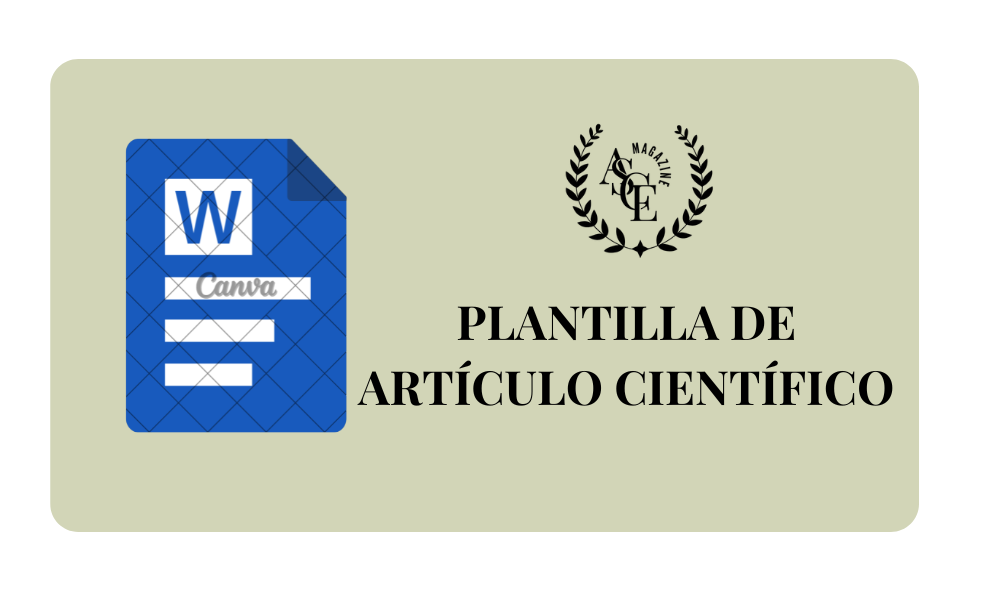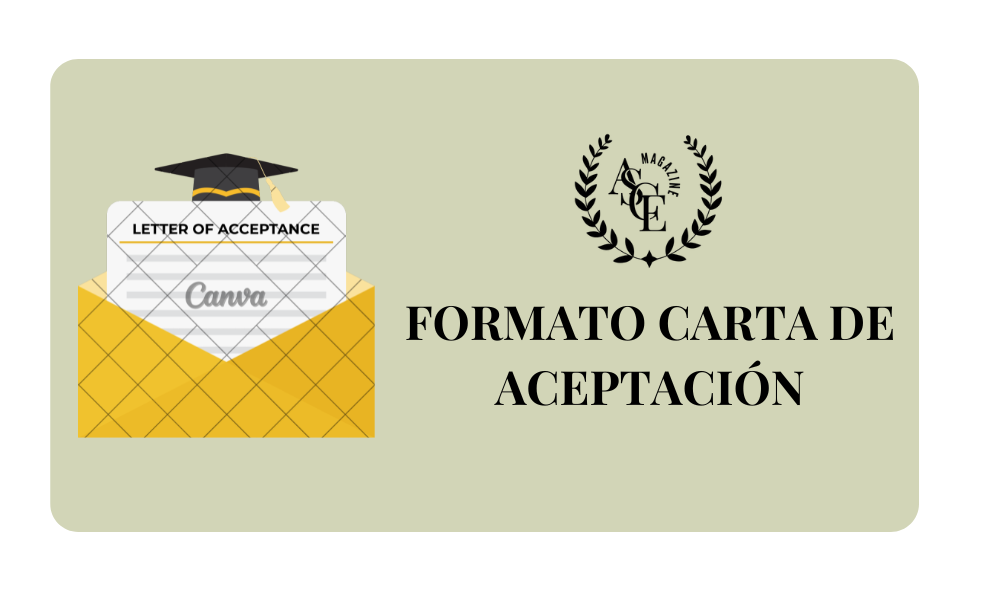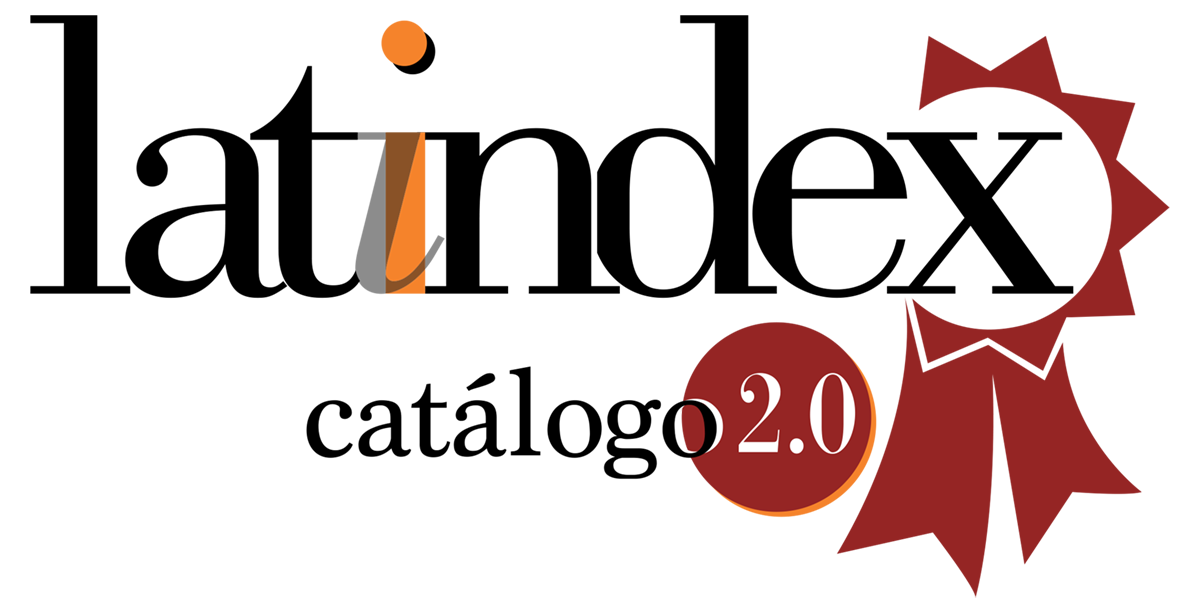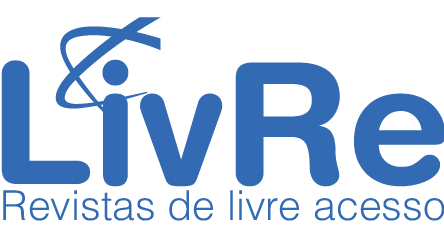Neuro-rights and their constitutional recognition
DOI:
https://doi.org/10.70577/ASCE/388.417/2025Keywords:
Neurorights, Mental Privacy, Personal Identity, Free Will, NeurodataAbstract
Introduction. This article examined the evolution and reception of so-called neuro-rights in Latin America and Europe during the period 2013–2025, with an emphasis on the Chilean case. Its starting point was the problem of how the mental sphere was protected against the expansion of neurotechnology. The objective was to compare the recognition and effective protection of these dimensions and to derive operational criteria for their application. Methodology. A doctrinal, normative, and jurisprudential-administrative corpus was used, and a matrix of specificity (S), regulatory depth (R), and evidence of application (E) by jurisdiction/instrument was constructed, complemented by a case study of the Chilean itinerary. Results. The results showed that Chile acted as a pioneer by incorporating constitutional protection of brain activity in 2021 and, in 2023, by applying remedies such as the suppression of neurodata and the activation of institutional controls. In Europe, although the term "neurorights" did not appear explicitly, the Charter of Fundamental Rights, the General Data Protection Regulation, and the AI Act offered functional protection that limited manipulative practices. In the rest of Latin America, implicit coverage prevailed, with signs of progress toward specific definitions and safeguards. Conclusions. It was concluded that the protection of the mental sphere advanced along different paths but with convergent goals; the combination of clear definitions, impact assessments, limits on manipulation, and enforceable remedies consolidated a maturing field.
Downloads
References
Borbón, D., & Borbón, L. (2022). NeuroDerechos Humanos y Neuroabolicionismo Penal: reflexiones desde el sur. Cuestiones Constitucionales, 46, e17047. https://doi.org/10.22201/iij.24484881e.2022.46.17047 DOI: https://doi.org/10.22201/iij.24484881e.2022.46.17047
Borbón, D., Mora Gómez, X., & Villamil Mayoral, S. (2023). El preocupante clausulado de la Ley Modelo de Neuroderechos del Parlatino. Ius et Scientia, 9(2), 301–318. https://doi.org/10.12795/IESTSCIENTIA.2023.i02.11 DOI: https://doi.org/10.12795/IESTSCIENTIA.2023.i02.11
Bothof, S. B. (2022). Mental privacy in the age of neurotechnology (Master’s thesis, European Master’s in Human Rights and Democratisation). Repositorio Global Campus of Human Rights. https://repository.gchumanrights.org/ (Identificador: repositorio institucional; sin DOI)
Brown, C. M. L. (2024). Neurorights, mental privacy and mind reading. Neuroethics. https://doi.org/10.1007/s12152-024-09568-z DOI: https://doi.org/10.1007/s12152-024-09568-z
Bublitz, J. C. (2024). Neurotechnologies and human rights: Restating and reaffirming the multi layered protection of the person. The International Journal of Human Rights. https://doi.org/10.1080/13642987.2024.2310830 DOI: https://doi.org/10.1080/13642987.2024.2310830
Bublitz, J. C., & Merkel, R. (2014). Crimes against minds: On mental manipulations, harms and a human right to mental self determination. Criminal Law and Philosophy, 8(1), 1–77. https://doi.org/10.1007/s11572-012-9172-y DOI: https://doi.org/10.1007/s11572-012-9172-y
Coaquira Flores, A. J. (2024). ¿De qué hablamos cuando hablamos de neuroderechos? Reflexiones desde un enfoque biojurídico. Apuntes de Bioética, 7(2), Art. 1160. https://doi.org/10.35383/apuntes.v7i2.1160 DOI: https://doi.org/10.35383/apuntes.v7i2.1160
Donoso Rochabrunt, X. A. (2024). Sobre la trayectoria de protección de los neuroderechos en Chile (Memoria de licenciatura). Universidad de Chile. https://repositorio.uchile.cl/handle/2250/201926 (Identificador: handle 2250/201926)
Ienca, M., & Andorno, R. (2017). Towards new human rights in the age of neuroscience and neurotechnology. Life Sciences, Society and Policy, 13(1), 5. https://doi.org/10.1186/s40504-017-0050-1 DOI: https://doi.org/10.1186/s40504-017-0050-1
López, P., & Madrid, R. (2021). Sobre la conveniencia de incluir los neuroderechos en la Constitución o en la ley. Revista Chilena de Derecho y Tecnología. https://doi.org/10.5354/0719-2584.2021.56317 DOI: https://doi.org/10.5354/0719-2584.2021.56317
Mascitti, M. (2022). El rango constitucional de los neuroderechos como una exigencia de justicia. Cuestiones Constitucionales, 46, e17051. https://doi.org/10.22201/iij.24484881e.2022.46.17051 DOI: https://doi.org/10.22201/iij.24484881e.2022.46.17051
Pottstock Sabat, A., & Shene Muñoz, J. (2023). Los neuroderechos en Chile y el impacto de la sentencia de la Corte Suprema (Memoria de licenciatura). Universidad de Chile. https://repositorio.uchile.cl/handle/2250/200896
Ruiz, S., Valera, L., Ramos, P., & Sitaram, R. (2024). Neurorights in the Constitution: From neurotechnology to ethics and politics. Philosophical Transactions of the Royal Society B, 379(1895). https://doi.org/10.1098/rstb.2023.0098 DOI: https://doi.org/10.1098/rstb.2023.0098
Tesink, V., Douglas, T., Forsberg, L., Ligthart, S., & Meynen, G. (2024). The right to mental integrity and neurotechnologies: Implications of the extended mind thesis. Journal of Medical Ethics. https://doi.org/10.1136/jme-2023-109645 DOI: https://doi.org/10.1136/jme-2023-109645
Yuste, R., Goering, S., Arcas, B. A., et al. (2017). Four ethical priorities for neurotechnologies and AI. Nature, 551(7679), 159–163. https://doi.org/10.1038/551159a DOI: https://doi.org/10.1038/551159a
Gutiérrez Proenza, J. (2025). Neuroderechos y derechos humanos en la era de la neurotecnología: ¿Regulación necesaria o inevitable? Iuris Dictio, 36. https://doi.org/10.18272/iu.i36.3532 DOI: https://doi.org/10.18272/iu.i36.3532
Chile. (2021). Ley N.º 21.383, Modifica la Carta Fundamental para establecer el desarrollo científico y tecnológico al servicio de las personas (25 de octubre de 2021). Biblioteca del Congreso Nacional. https://www.bcn.cl/leychile/navegar?idNorma=1166983
México. (1917/2025). Constitución Política de los Estados Unidos Mexicanos (texto consolidado al 15 de abril de 2025). Suprema Corte de Justicia de la Nación. https://www.scjn.gob.mx/sites/default/files/cpeum/documento/cpeum.pdf
México. (2010, 20 de mayo). Ley Federal de Protección de Datos Personales en Posesión de los Particulares (LFPDPPP). Cámara de Diputados. https://www.diputados.gob.mx/LeyesBiblio/pdf/LFPDPPP.pdf
México. (2017, 26 de enero). Ley General de Protección de Datos Personales en Posesión de Sujetos Obligados (LGPDPPSO). Cámara de Diputados. https://www.diputados.gob.mx/LeyesBiblio/pdf/LGPDPPSO.pdf
Colombia. (1991). Constitución Política de Colombia. Departamento Administrativo de la Función Pública (Gestor Normativo). https://www.funcionpublica.gov.co/eva/gestornormativo/norma.php?i=4125
Colombia. (2012, 17 de octubre). Ley Estatutaria 1581 de 2012 (Régimen General de Protección de Datos Personales). Función Pública. https://www.funcionpublica.gov.co/eva/gestornormativo/norma.php?i=49981
Colombia. (2013, 27 de junio). Decreto 1377 de 2013 (reglamenta parcialmente la Ley 1581 de 2012). Función Pública. https://www.funcionpublica.gov.co/eva/gestornormativo/norma.php?i=53646
Perú. (1993/2024). Constitución Política del Perú (edición oficial actualizada a noviembre de 2024). Ministerio de Justicia y Derechos Humanos. https://www.gob.pe/institucion/minjus/informes-publicaciones/6308989-decimonovena-edicion-oficial-de-la-constitucion-politica-del-peru-que-incluye-su-adaptacion-a-un-lenguaje-llano-actualizada-a-noviembre-de-2024
Perú. (2011, 3 de julio). Ley N.º 29733, Ley de Protección de Datos Personales. Congreso de la República. https://www.leyes.congreso.gob.pe/documentos/leyes/29733.pdf
Perú. (2024, 30 de noviembre). Decreto Supremo N.º 016 2024 JUS, Reglamento de la Ley N.º 29733. Gobierno del Perú (ANPD). https://www.gob.pe/institucion/anpd/normas-legales/6554453-n-016-2024-jus
Brasil. (2022, 10 de febrero). Emenda Constitucional n.º 115/2022 (incluye la protección de datos personales como derecho fundamental). Planalto. https://www.planalto.gov.br/ccivil_03/constituicao/Emendas/Emc/emc115.htm
Brasil. (2018, 14 de agosto). Lei n.º 13.709/2018 – Lei Geral de Proteção de Dados Pessoais (LGPD). Planalto. https://www.planalto.gov.br/ccivil_03/_ato2015-2018/2018/lei/l13709.htm
Unión Europea. (2012). Carta de los Derechos Fundamentales de la Unión Europea (versión consolidada, DOUE C 326/391, 26.10.2012). Parlamento Europeo (texto ES). https://www.europarl.europa.eu/charter/pdf/text_es.pdf
Unión Europea. (2016, 27 de abril). Reglamento (UE) 2016/679 del Parlamento Europeo y del Consejo (RGPD), DOUE L 119/1 (04.05.2016). EUR Lex. https://eur-lex.europa.eu/legal-content/ES/TXT/?uri=CELEX:32016R0679
Unión Europea. (2024, 13 de junio). Reglamento (UE) 2024/1689 del Parlamento Europeo y del Consejo, por el que se establecen normas armonizadas en materia de inteligencia artificial (Ley de IA), DOUE L, 12.07.2024. EUR Lex (ELI). https://eur-lex.europa.eu/eli/reg/2024/1689/oj
Consejo de Europa. (1950). Convenio Europeo para la Protección de los Derechos Humanos y de las Libertades Fundamentales (CEDH). Consejo de Europa (texto ES oficial). https://www.echr.coe.int/documents/d/echr/convention_spa
Consejo de Europa. (1997, 4 de abril). Convenio de Oviedo sobre Derechos Humanos y Biomedicina. Boletín Oficial del Estado (Instrumento de Ratificación, BOE A 1999 20638). https://www.boe.es/buscar/doc.php?id=BOE-A-1999-20638
España. (2018, 5 de diciembre). Ley Orgánica 3/2018, de Protección de Datos Personales y garantía de los derechos digitales (LOPDGDD). BOE A 2018 16673. https://www.boe.es/buscar/act.php?id=BOE-A-2018-16673
Corte Suprema de Chile. (2023, 9 de agosto). Girardi Lavín c. Emotiv Inc. (Recurso de protección). Rol 105065 2023. Repositorio DCyT UC (texto oficial reproducido). https://derechocienciaytecnologia.uc.cl/wp-content/uploads/2024/02/CS-105065-2023.pdf
European Data Protection Supervisor (EDPS). (2024, 21 de mayo). TechDispatch on Neurodata. https://www.edps.europa.eu/system/files/2024-06/techdispatch_neurodata_en.pdf
Agencia Española de Protección de Datos (AEPD) & EDPS. (2024, 21 de mayo). TechDispatch: Neurodatos (versión en español). https://www.aepd.es/guias/neurodatos-aepd-edps.pdf
AEPD. (2022, 18 de noviembre). Neurodatos y neurotecnología: privacidad y protección de datos personales (I). https://www.aepd.es/prensa-y-comunicacion/blog/neurodatos-y-neurotecnologia-privacidad-y-proteccion-de-datos-personales
AEPD. (2023, 18 de enero). Neurodatos: privacidad y protección de datos personales (II). https://www.aepd.es/prensa-y-comunicacion/blog/neurodatos-privacidad-y-proteccion-de-datos-personales-ii
AEPD. (2025). Memoria 2024 (Informe anual). https://www.aepd.es/memorias/memoria-aepd-2024.pdf
Information Commissioner’s Office (ICO, Reino Unido). (2023, 1 de junio). ICO Tech Futures: Neurotechnology. https://ico.org.uk/media2/about-the-ico/research-and-reports/ico-tech-futures-neurotechnology-0-1.pdf
Garante per la Protezione dei Dati Personali (Italia). (2024, 7 de octubre). Il cervello è nudo. Ecco perché serve tutelare la privacy mentale (Intervento – docweb n. 10060966). https://www.garanteprivacy.it/home/docweb/-/docweb-display/docweb/10060966
Supremo Tribunal Federal (Brasil). (2020, 7 de mayo). ADI 6387 MC Ref (referendo de medida cautelar) – suspensión de la MP 954/2020 sobre compartición masiva de datos telefónicos. Acórdão (PDF). https://www.stf.jus.br/arquivo/cms/noticianoticiastf/anexo/adi6387mc.pdf
Biblioteca del Congreso Nacional de Chile (BCN). (2025). Informe comparado sobre neuroderechos y neurotecnologías (referencia contextual citada en el corpus jurisprudencial). https://www.bcn.cl/ (Identificador: publicación institucional; URL base oficial)
Downloads
Published
How to Cite
Issue
Section
License
Copyright (c) 2025 Juan Pablo Cruz Carrillo

This work is licensed under a Creative Commons Attribution-NonCommercial-ShareAlike 4.0 International License.
Eres libre de:
- Compartir : copiar y redistribuir el material en cualquier medio o formato
- Adaptar : remezclar, transformar y desarrollar el material
- El licenciante no puede revocar estas libertades siempre y cuando usted cumpla con los términos de la licencia.
En los siguientes términos:
- Atribución : Debe otorgar el crédito correspondiente , proporcionar un enlace a la licencia e indicar si se realizaron cambios . Puede hacerlo de cualquier manera razonable, pero no de ninguna manera que sugiera que el licenciante lo respalda a usted o a su uso.
- No comercial : no puede utilizar el material con fines comerciales .
- CompartirIgual — Si remezcla, transforma o construye sobre el material, debe distribuir sus contribuciones bajo la misma licencia que el original.
- Sin restricciones adicionales : no puede aplicar términos legales ni medidas tecnológicas que restrinjan legalmente a otros hacer algo que la licencia permite.



































